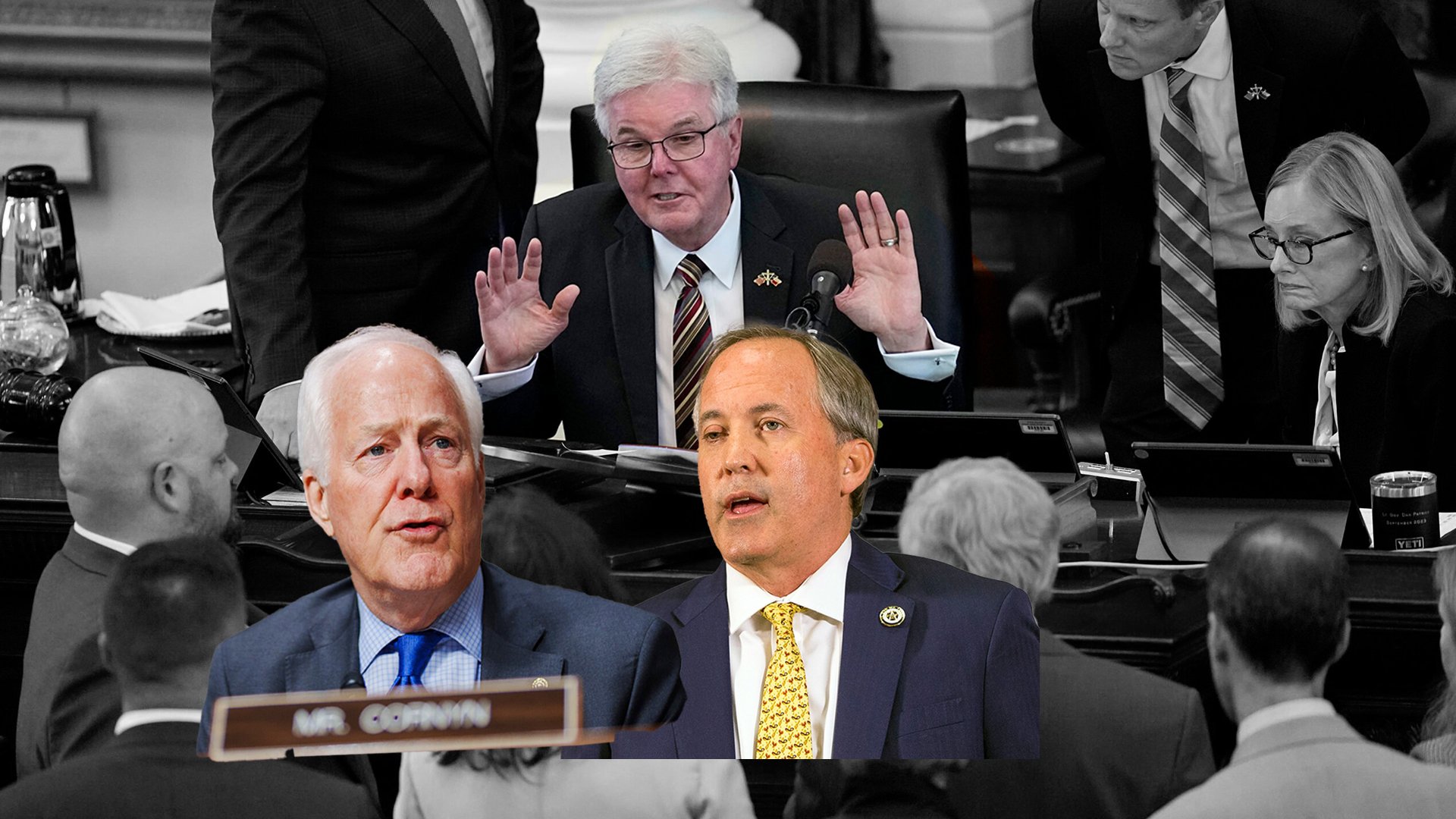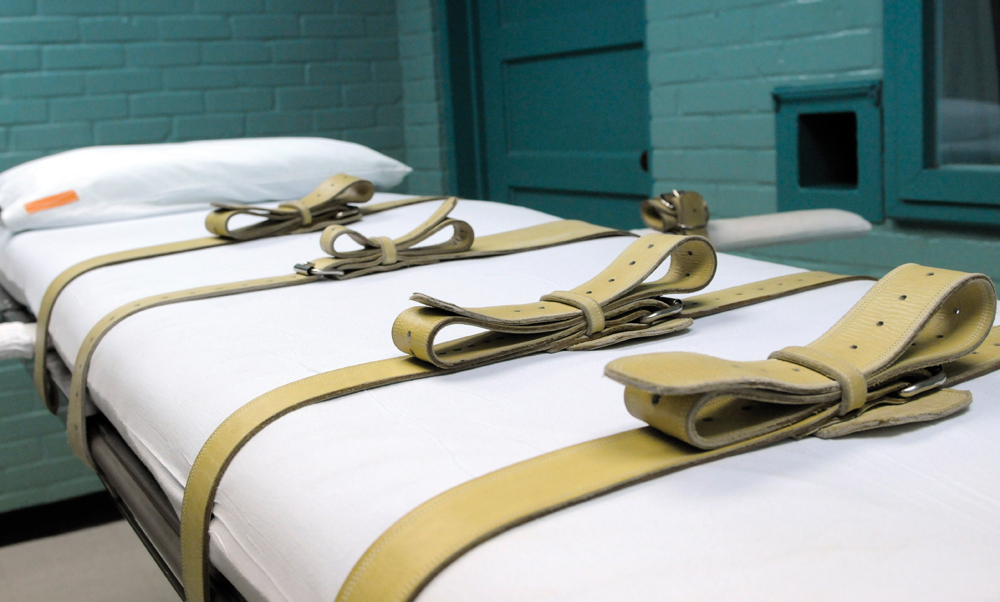Fact Check: The Willingham Case
NULL

Updated Below
Two media reports have surfaced in the past few days asserting that perhaps Cameron Todd Willingham was guilty after all.
Both stories contain some factual distortions.
(Here‘s background on Willingham — a likely innocent man executed in 2004 for allegedly starting a house fire that killed his three children.)
The local Fox affiliate in Fort Worth ran a five-minute segment on the Willingham case earlier this week. Gov. Rick Perry’s folks have been pushing this video as an “objective” media report. (Hat tip to Quorum Report.)
The story contains two main claims about Willingham’s guilt:
1. Willingham’s supposed confession to his ex-wife on death row (which, it seems, never happened, but more on that in a minute.)
2. The observations of a neighbor who was at the scene, but for some reason, hadn’t spoken to police until this month. Obviously his recollections of what happened 18 years ago are suspect (people’s memories can begin to distort facts after just a few weeks, to say nothing of 18 years.)
The Corsicana Daily Sun yesterday ran a story that made similar claims:
Two affidavits have been released by the City of Corsicana that seem to dispute the declarations in the national media that Cameron Todd Willingham was innocent when he was executed in 2004 for murdering his three daughters…..
The first is from Ronnie Kuykendall, brother of Stacy Kuykendall, who gave a statement to Kirby Hill regarding one of Willingham’s last visits with his ex-wife. Kuykendall said that on Feb. 8, 2004, a week before Willingham was to be executed, that Willingham’s ex-wife, Stacy called her family together to tell them about her last visit with her ex-husband….
The second affidavit is from a neighbor who gave a statement earlier this month about what he witnessed more than 18 years ago on that morning a few days before Christmas in 1991.Tony Ayala gave a statement to a Corsicana Police Detective Seth Fuller on Oct. 6, 2009. In his statement, he said he saw Willingham packing his car and moving it out of the carport that morning, while smoke was coming out of the house.Ayala told Fuller that he tried to tell police in 1991 what he saw, but he was rebuffed. Why he waited 18 years to make a statement is a little more murky.
I’ve already dealt with Ayala’s 18-year-old recollections.
Now, about the supposed confession.
The details about the confession are second-hand — they come from an affidavit by the brother of Willingham’s ex-wife.
Willingham’s ex-wife — Stacy Kuykendall — has stopped speaking to reporters in recent years.
But in an interview with the Chicago Tribune in 2004, she said that Willingham didn’t confess to her. Here’s the full except from the Tribune story:
The response from local prosecutors included a two-paragraph affidavit from Ronnie Kuykendall, the brother of Willingham’s former wife. He said that Stacy, who had divorced Willingham while he was on Death Row, had recently visited him, then gathered the family to say that he had confessed.But she said in an interview that was untrue. At the time of the trial, she said she had believed in her husband’s innocence, but over the years, after studying the evidence and the trial testimony, she became convinced he was guilty.
In their final meeting, however, he did not confess, she told the Tribune.
Just to be clear: Willingham’s ex-wife — the person he supposedly confessed to — said in her last known interview that the confession never happened.
Moreover, I find it interesting that neither of these stories touched on the main reason people think Willingham was probably innocent — the flawed forensic evidence.
The Fort Worth Fox station ran five minutes on the story and glossed over the forensics by saying that “college educated” scientists were now disputing the conclusions of the old-school fire investigators. (Isn’t that interesting phrasing?)
The Fox reporter didn’t mention, say, the new understanding of flashover. We now know that flashover can make accidental fires appear to be arson fires. (Which is what likely happened in the Willingham case.)
The take-home message is this: People can debate forever whether Willingham was a bad person or whether he was upset enough at the scene.
But the heart of this case is the forensic evidence. Six of the top fire investigators in the country have looked at the evidence and determined the fire was likely accidental.
No arson, no crime.
Update: David Grann at the New Yorker also casts doubt on Willingham’s supposed confession.


